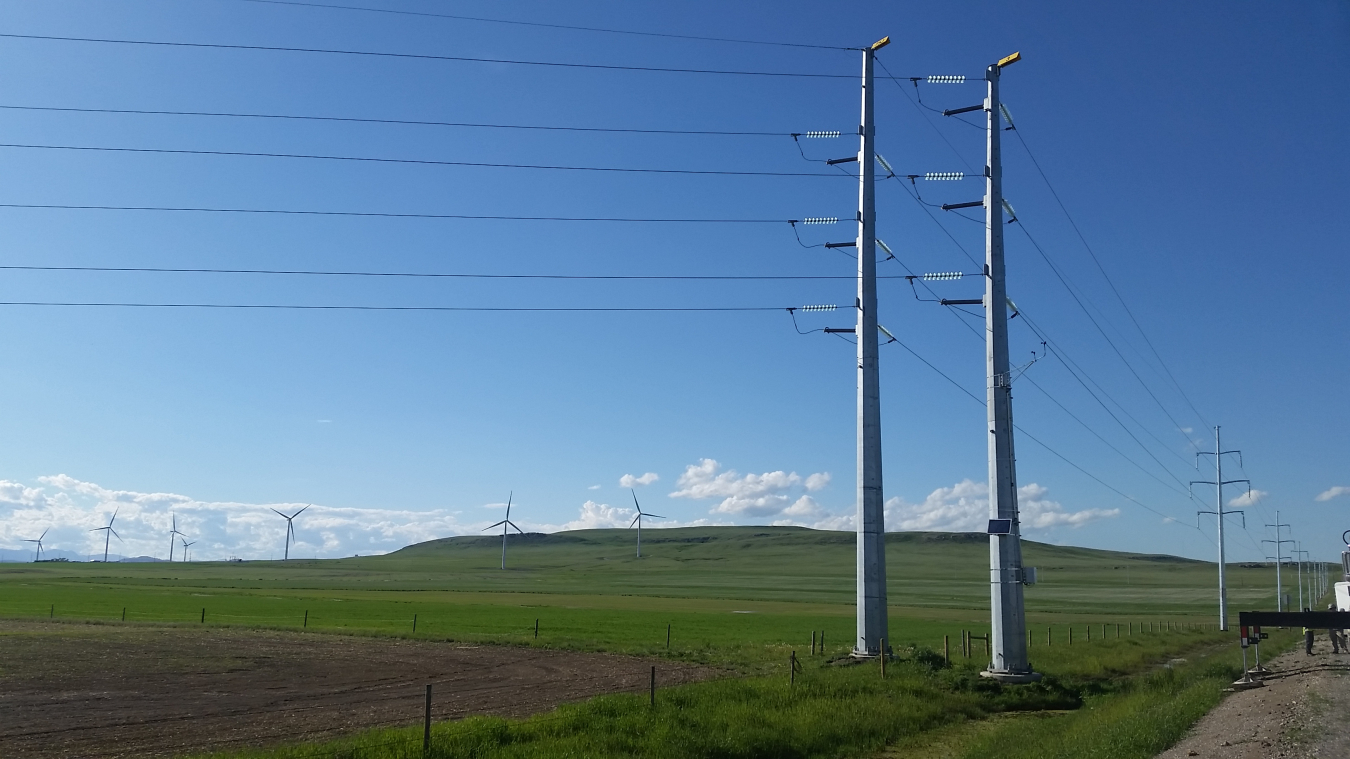Transferring power from renewable energy resources to large cities and towns will require upgrades or new transmission and requires coordination among many dispatch centers. Building new transmission can take many years to plan, site, permit, and gain community acceptance. What is emerging as a potential solution are Grid Enhancing Technologies (GETs) that can improve how existing lines deliver electricity at a significantly lower cost.
DOE’s Office of Electricity invests in GETS research at national labs and with U.S. industry and academia. This includes the following entities selected in November 2023 to receive $8.4 million (nearly $2.1 million each):
- Georgia Tech Research Corporation, Atlanta, GA – for Deployment and Demonstration of Advanced Power Flow Control (APFC) and Dynamic Line Rating (DLR) Solutions to Accelerate Renewable Interconnection and Load Electrification
- NV Energy, Las Vegas, NV – for Direct and Indirect Contact DLR Technologies; Digital Twin Technologies for Increasing Transmission Capacity and Reducing Congestion Without Reconductoring
- Pitch Aeronautics Inc., Boise, ID – for Demonstration of Rapid Deployment of Overhead Monitoring Sensors in Combination with Weather-Based DLR System
- University of Connecticut, Storrs, CT – for DLR Robust Validation, Enhancement and Field Demonstration in New England with Changing Weather and Offshore Wind Integration

Examples of Grid Enhancing Technologies:
- Dynamic Line Rating is hardware and/or software that updates the capacity of existing transmission lines in real time. Often, the technology establishes new limits to determine the true, real-time power line capacity. On cold or windy days, power lines can easily deliver 50 percent more energy than their labeled limits.
- Power-Flow Control Devices allow grid operators to reroute power to lines with available capacity by increasing or decreasing the power delivered to balance overloaded lines and under used corridors within the transmission network.
- Analytical Tools such as sensors, smart meters, and monitoring devices collect real-time data, helping grid operators make informed decisions and respond quickly to grid changes.
DOE reports on GETS
Relevant links
- ESIG User Group for Grid Enhancing Technologies
- INL Grid Enhancing Technologies website

